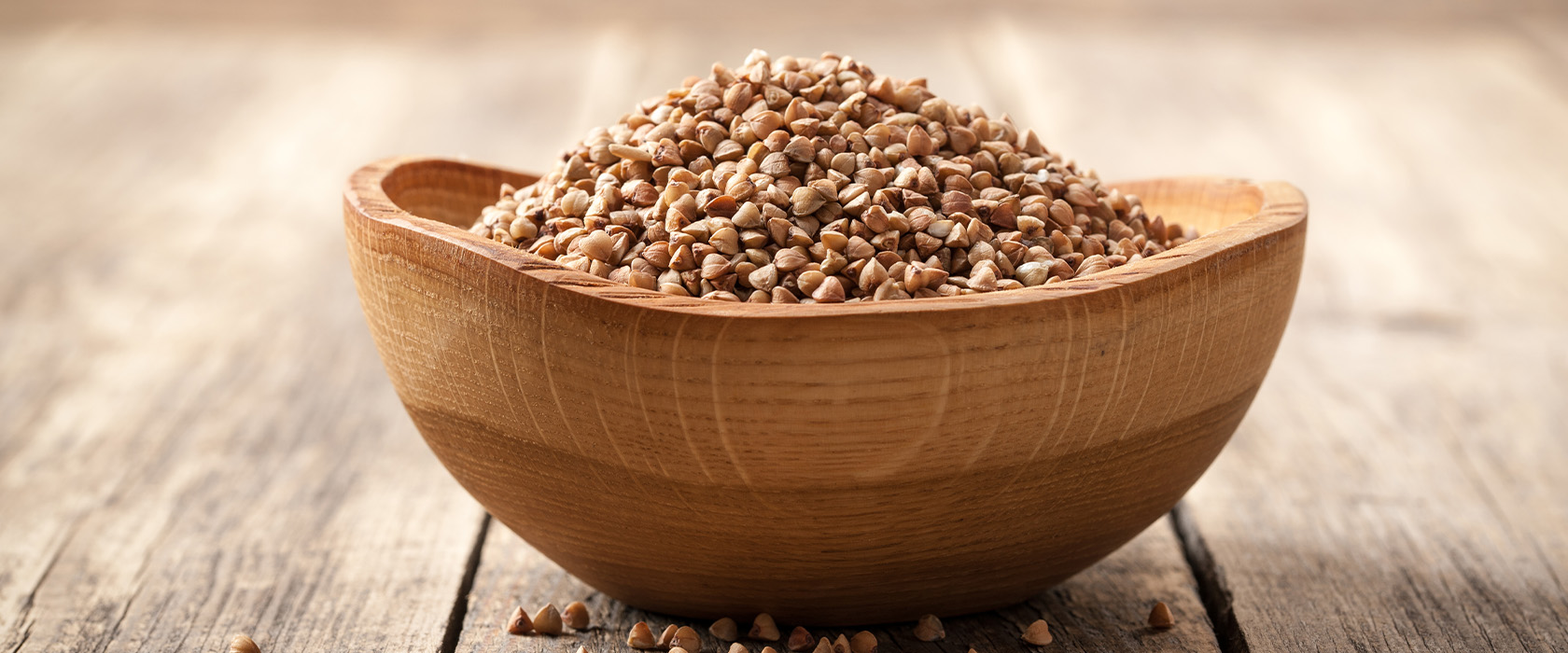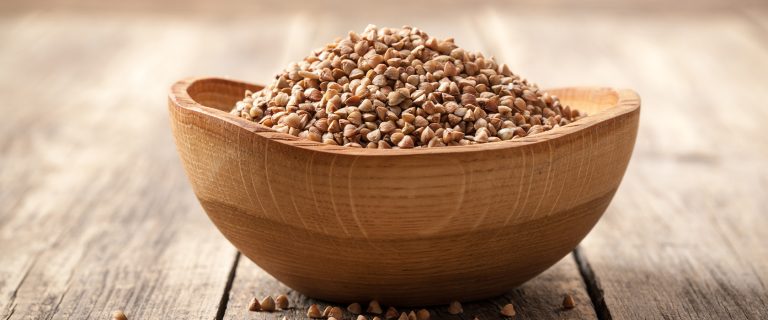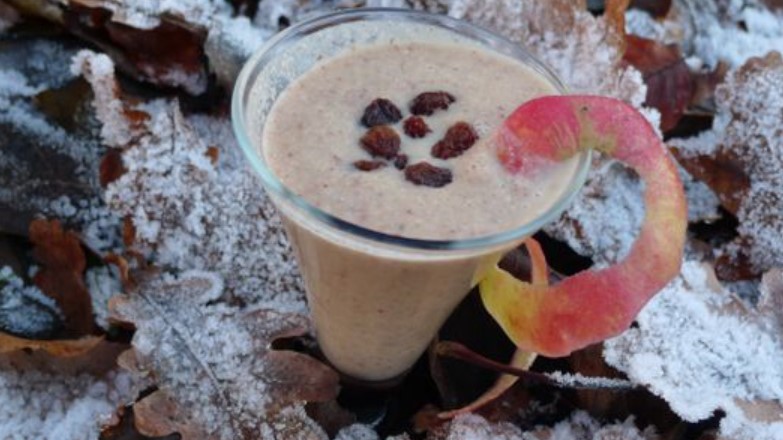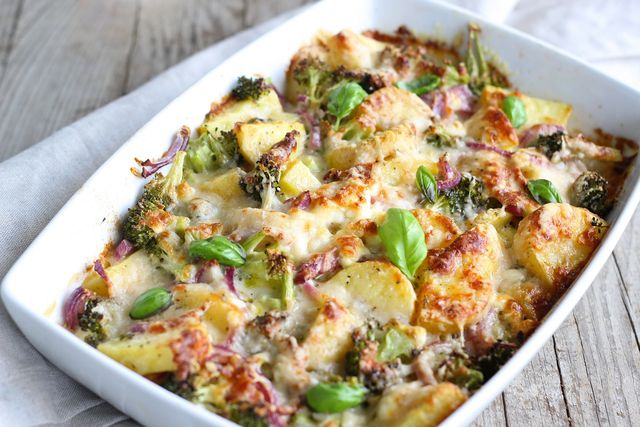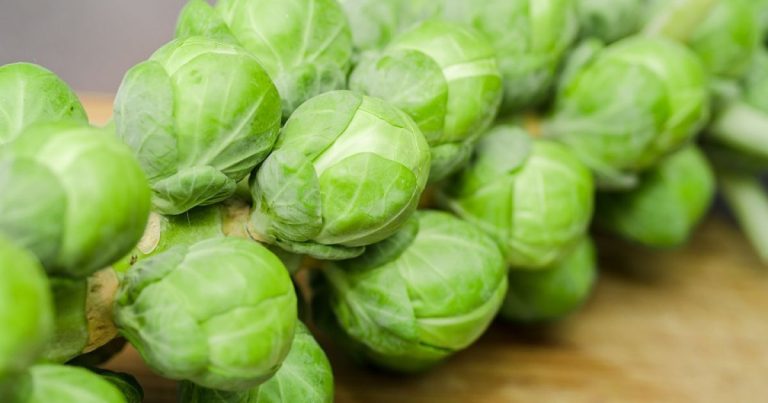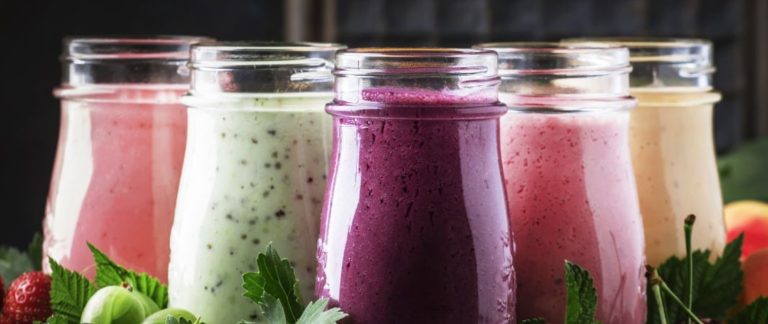Red, green, yellow: Smoothies are all the rage – but are they healthy too? And what exactly makes a healthy smoothie? Are the pureed fruits and vegetables really better than fresh? Are smoothies vegan? How much sugar do they contain?
In the cold season with dry heating air, wet, cold feet and cold viruses, our immune system has a lot to do! Vitamins help to support the body’s defenses and stay healthy.
Because it is not scientifically proven how well our body can absorb synthetic vitamins from effervescent tablets, vitamin pills or beverages and foods fortified with them, it is always best to absorb the vitamins in their natural form, i.e. directly from fruit and vegetables. Therefore, it is not only important in the wet and cold season to integrate this into our daily diet.
Simply drinking vitamins with smoothies?
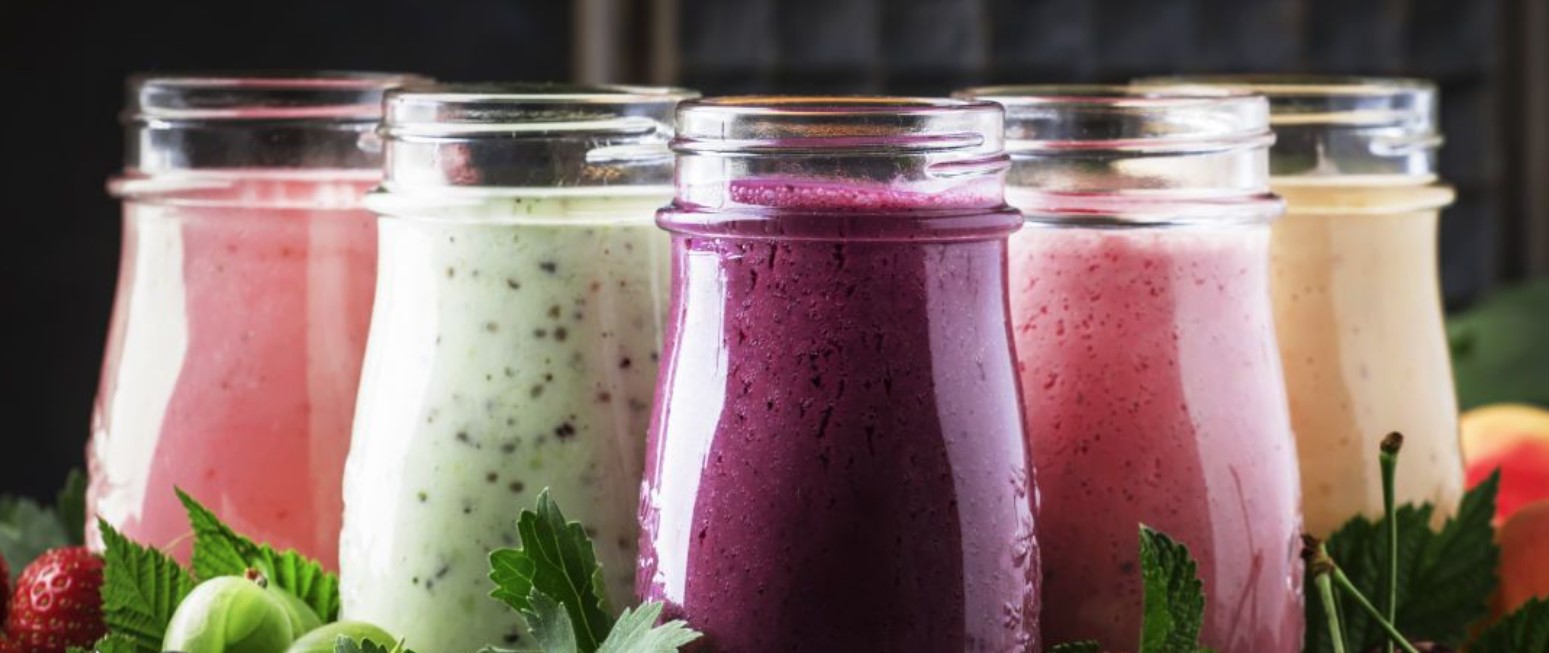
It’s very easy with smoothies, which are recommended in every refrigerated section as a health booster. But because vitamins and some other phytonutrients degrade during storage and preservation, it’s healthier to make a smoothie fresh at home. You don’t necessarily need a smoothie maker from the advertisement. A simple, cheaper hand blender is all you need to start with.
Once you’ve gotten the taste for smoothies, it may be worth buying a powerful blender, with which you can crush ice cubes with the fruit in summer and also process woody components such as grass.
What exactly is a smoothie?
The “smoothie” is a neologism and originally comes from the South and Central American continent, where it has been freshly prepared as “jugo” (juice) with a blender at fruit and vegetable stands in the market for generations. From there, this way of preparing fruit and vegetables migrated to the USA, where the word “smoothie” came about.
“Smooth” means soft, creamy, smooth and supple, which primarily means the mouthfeel. Is that automatically healthy? Yes.
Because unlike juice, all the fruit and veg is processed here, resulting in a thick end product that sometimes needs a little water added to be drinkable. In the countries of origin, the “jugo” is served without water with a straw. This makes it easier (and more hygienic) to eat at the market.
What can go in the healthy smoothie?
Theoretically, everything that tastes good can be processed into smoothies. Grasses can also be combined with fruit and vegetables, and spinach or carrots, for example, give the smoothie bright colors. Various leafy greens, for example carrots or kohlrabi, taste delicious and do not have to go to the compost.
Spices and herbs make every smoothie even more interesting. It’s fun to experiment with spices to add that extra something to even simple combinations. Vanilla, cinnamon, cloves, tonka beans, cardamom, ginger and more go well with sweet creations – everything that is healthy. Green smoothies and those with a high vegetable content are deliciously seasoned with curry, paprika, dill, mint, basil, turmeric and many other herbs and spices.
To give your own smoothie recipes more variety, it’s worth taking a look in the pantry, for example to see the baking ingredients. Some cocoa, ground nuts or almonds also go well with many recipes and at the same time ensure a creamy consistency.
Is every smoothie healthy?
A smoothie is supposed to be healthy, so sugar (or honey and any other sugar alternative) has no place in the list of ingredients. What counts is the natural sweetness of the fruit and the pure taste. If the finished drink is too sour, a bit of banana always helps: Their natural fruit sweetness and creaminess quickly upgrade many smoothies. Dried fruits are also suitable.
But this is exactly where a problem with smoothies lies: due to the fruit sweetness, there is a lot of sugar in the creamy drinks. In the smoothie test, the consumer magazine Öko-Test had 20 red smoothies tested for their sugar content, among other things. Many smoothies even had a similarly high sugar content as lemonade and cola.
It is true that this is not added sugar, but the fructose of the individual types of fruit. Nevertheless, you can pay attention to the specified sugar content when buying a smoothie.
Are smoothies vegan?
Strictly speaking, smoothies are vegan, which is why dairy products have no place in them. In some recipes, ingredients such as milk or yoghurt appear. However, such a drink is then a “mixed milk drink”, especially if the milk makes up a larger part of the end product.
If you prepare fresh smoothies yourself, you can keep an eye on all the ingredients and make sure that the smoothie remains vegan. When buying a smoothie, you can look for a corresponding vegan logo.
What makes the smoothie a healthy vitamin bomb?
The German Society for Nutrition (DGE) recommends five portions or at least 400g of vegetables and 250g of fruit per day for adults, about half of which are raw and the other half heated.
The DGE also explains that the daily five servings of fruit and vegetables can occasionally be replaced by a vegetable juice or a fruit juice. “However, this should not happen every day,” the DGE continued.
According to the DGE, for a smoothie to replace a portion of fruit, it should:
- a maximum of half juice and at least half pulp, puree or chunky fruit and vegetable components
- no added sugar
- no additives such as flavors, colors or preservatives
- no isolated nutrients
- not concentrated by removing water
If these requirements are met, the healthy smoothie can be a regular part of the diet. However, you should not replace fresh fruit and vegetables with smoothies every day.
Is a smoothie healthier than juice?
With a smoothie, fruit and vegetables are only pureed, not juiced. This means that most of the ingredients such as valuable dietary fiber and phytochemicals are included. This would not be the case with juice, since dietary fibers in particular from the peel and pulp are disposed of during juicing. Anyone who has ever made their own juice from carrots or apples knows how much pomace ends up unused in the (organic) waste bin. But it is precisely in the shell that there are often healthy ingredients.
A smoothie is usually freshly prepared and therefore contains more healthy vitamins than juice, which has to be preserved in bottles or tetra packs by heating. Even a ready-made smoothie from the refrigerated section contains more phytochemicals and vitamins than a juice that is also available chilled in the supermarket. However, it is generally better to freshly prepare a smoothie at home.
Are smoothies basically “light” or do they make you fat?

A smoothie, no matter what color it is, consists only of plant-based ingredients. However, this does not mean that smoothies are fat-free, because vegetables can also contain fat. Just think of the avocado, which is a little fat bomb with 15g of fat per 100g. But don’t worry: This fat is a healthy, vegetable fat that has a lot of calories, but also has positive effects on your health.
Smoothies are not necessarily low in calories, because with a smoothie you are consuming fruit and vegetables in a concentrated form. On the one hand this is good, on the other hand it can tempt you to consume more than you would actually eat if the fruit or vegetables were not pureed. Finished smoothies often contain a lot of hidden sugar in the form of fructose.
The disadvantage of fruit and vegetables in pureed form is that you can consume a large amount of them in a short time and do not give the feeling of satiety time to report in time. Too much of a good thing is no longer healthy.
A little trick: just imagine (even with juice!) the amount of fruit/vegetables that were on the table before you pureed/juiced them. Would you be able to eat the same portion again? Probably not. So skip the second glass, delicious as it is.
Healthy smoothies: You should keep this in mind when preparing them
In general, smoothies are easy to prepare. All you have to do is wash the fruit and vegetables, remove the cores if you have them and puree them with a stand mixer, blender or immersion blender. Because the whole fruit including the skin is used (as with vegetables), you should opt for organic quality food.
But in order to be able to use the vitamins contained in it optimally, you have to observe a few basic rules, otherwise the smoothie is only half as healthy as you think.
The ingredients should all be as fresh as possible in order to guarantee the highest vitamin content.
If the mixer used is powerful enough, frozen food can also be used. Even in winter you can use it to mix berries into your smoothie.
Many vitamins break down quite quickly when crushed and processed, so you should drink your smoothie as soon as possible after preparation in order to be able to use the greatest possible vitamin yield.
Some vitamins, such as vitamin A, are fat-soluble and can only be absorbed by the body if fat is available. However, smoothies are usually fat-free (unless avocado is one of the ingredients), so a few drops of high-quality vegetable oil or a teaspoon of nut butter should always be included in the blender, or oilseeds such as sunflower seeds, flaxseeds or nuts should be processed.
Are smoothies always raw?
A smoothie is mostly raw food, but not always. Not all foods should be eaten raw, so occasionally one or the other cooked vegetable “strays” into the smoothie.
For example, a boiled potato would be conceivable to help make very watery smoothies creamy, or boiled pumpkin, which can also be processed in less powerful blenders. In principle, however, the focus should be on raw fruit and vegetables, provided they are suitable for raw consumption.
Are green smoothies healthier?
Green smoothies are drinks made from mostly green fruits and vegetables. They usually get their green color from a high proportion of green leafy vegetables such as spinach, lettuce, kale and others. Such drinks are often marketed as “particularly healthy” because they contain an above-average amount of chlorophyll, i.e. leafy green.
Chlorophyll is one of the secondary plant substances and, according to the advertising, is said to make you particularly healthy, happy and even younger. All of this is justified with the “purifying” or “detox”, i.e. “detoxifying” effect of the green leaf pigment. In medicine, however, the term “detoxification” does not exist, it comes from naturopathy and is only passed on orally. The argument of detoxification is usually only used to sell products or methods profitably or to compensate for one’s own unhealthy behavior with “detoxification cures”.
Conclusion: Smoothies can be part of a healthy diet
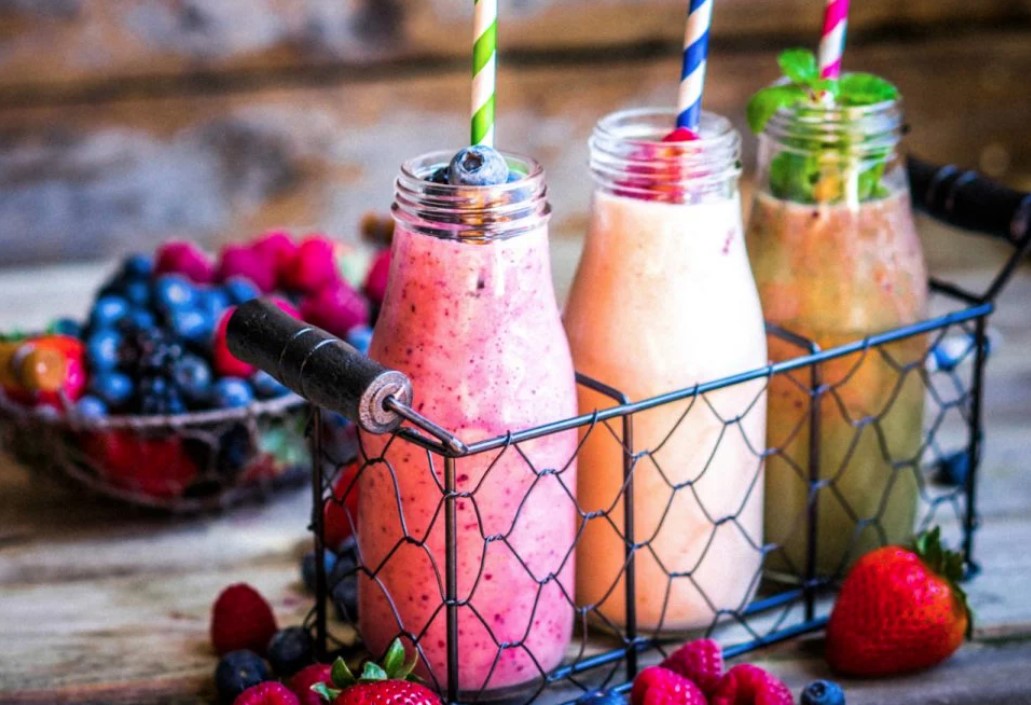
Freshly made smoothies can make a healthy contribution to the daily consumption of fruit and vegetables, but should not replace them. Because: Fresh fruit and vegetables keep you full for longer and have a lower energy density than pureed smoothies.
It’s not difficult to prepare delicious smoothies with local and seasonal fruit and vegetables without having to do without more than enough vitamins and minerals.
